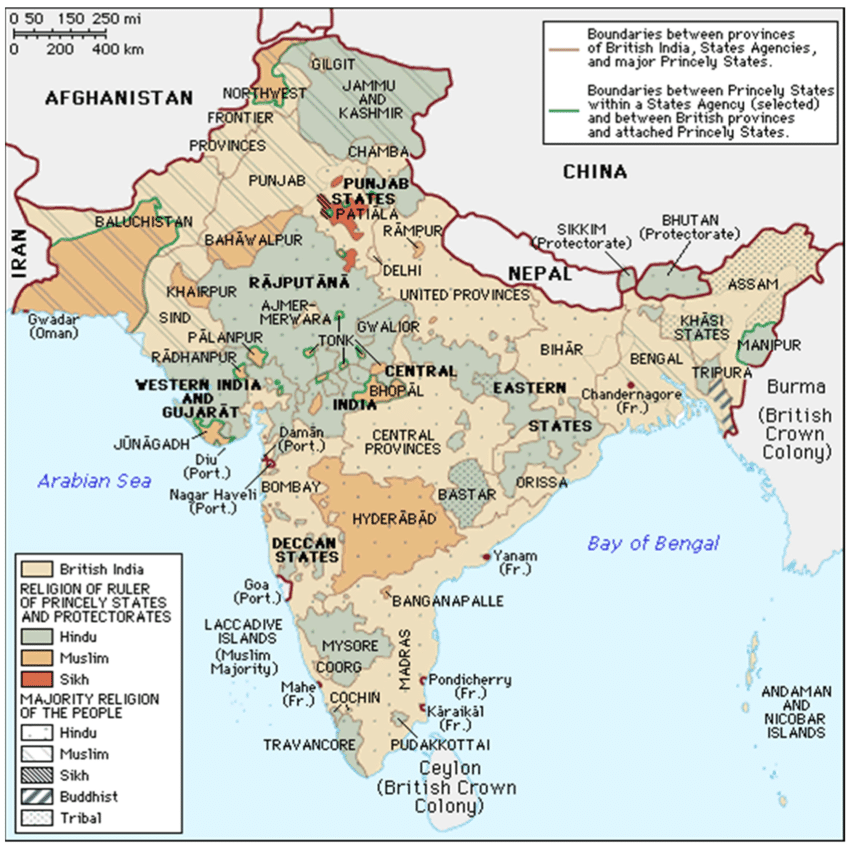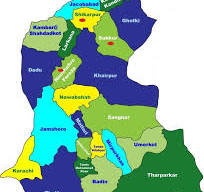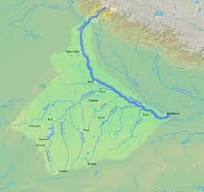 About Sindh
About Sindh
Sindh, historically part of the Indian subcontinent, has a rich and varied history that stretches back thousands of years. Before the partition of India in 1947, Sindh was a prominent region in what is now modern-day Pakistan but was considered part of British India. Below is an overview of Sindh's historical connection to India before the partition:
1. Ancient Sindh: The Indus Valley Civilization
Sindh is home to one of the world's earliest urban civilizations, the Indus Valley Civilization (circa 3300–1300 BCE), centered around major cities like Mohenjo-Daro and Harappa. This advanced civilization featured a sophisticated drainage system, urban planning, and an undeciphered script. Sindh was part of a larger area known as the Indus Valley, spanning modern-day Pakistan and northwestern India.
2. Vedic and Early Hindu Period
After the decline of the Indus Valley Civilization, Sindh became part of the cultural and religious landscape of ancient India during the Vedic period (1500–500 BCE). The region, influenced by Vedic culture, is associated with the Sindhu (Indus) River, mentioned in various Hindu texts. Sindh became a melting pot of Aryan and indigenous influences during this time.
3. Maurya and Gupta Periods
Under the Mauryan Empire (circa 322–185 BCE), Sindh became part of one of India's largest empires under Emperor Ashoka. Later, during the Gupta Empire (circa 320–550 CE), Sindh experienced a "Golden Age" of cultural and scientific advancements, acting as a bridge between India and Central Asia.
4. Medieval Period: Islamic Influence and Rajput Rule
In the 8th century CE, Arab general Muhammad bin Qasim conquered Sindh, introducing Islam to the region. Prior to this, Sindh was part of Hindu and Buddhist kingdoms, including Rajput rulers. The region became a gateway between Central Asia, the Arabian Peninsula, and the Indian subcontinent.
5. Mughal and Later Muslim Dynasties
Sindh became part of the Mughal Empire (1526–1857 CE), serving as an economic and cultural hub. After the decline of the Mughals, Sindh was ruled by Muslim dynasties, including the Talpur Mirs, until its annexation by the British in 1843.
6. British Era: Part of British India
Annexed by the British East India Company in 1843, Sindh became part of British India. Karachi emerged as an important port, and the region underwent significant social and economic changes, including educational reforms and infrastructure development. Nationalist and reformist movements also gained momentum during this period.
7. The Path to Partition
By the early 20th century, Sindh became a part of the political discourse on India's future. With the partition of India in 1947, Sindh, with its Muslim majority, became part of Pakistan. The partition led to mass migrations, with Sindhi Hindus moving to India and Muslim refugees settling in Sindh.
8. Post-Partition Sindh
Post-1947, Sindh became a province of Pakistan, with Karachi as a major economic hub. The partition marked a new chapter in Sindh's history, severing its historical connection to India.
Conclusion
Before the partition of 1947, Sindh was a vibrant region of the Indian subcontinent, with a rich history spanning thousands of years. Its legacy as a cradle of civilization and a cultural melting pot remains an integral part of its identity, despite its separation from India in the mid-20th century.
Key Points to Remember:
- Sindh was part of ancient India’s Indus Valley Civilization.
- It was ruled by various Hindu, Buddhist, and Muslim dynasties over the centuries.
- Under the Mughals and later the British, Sindh was an important part of the subcontinent.
- In 1947, with the partition of India, Sindh became a part of Pakistan, marking a new chapter in its history.


